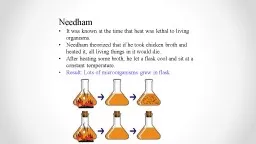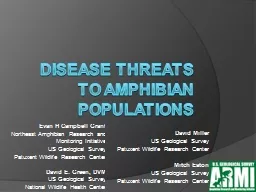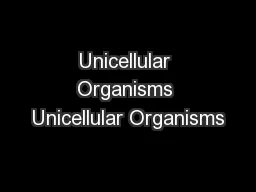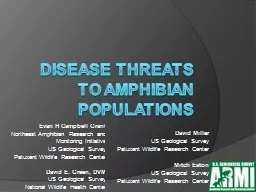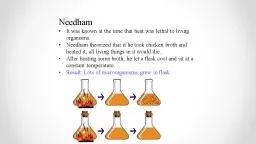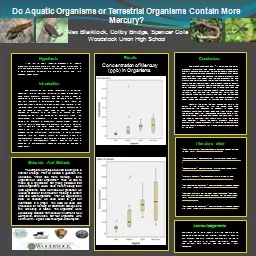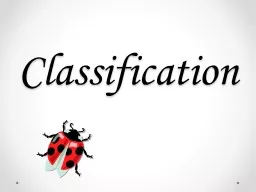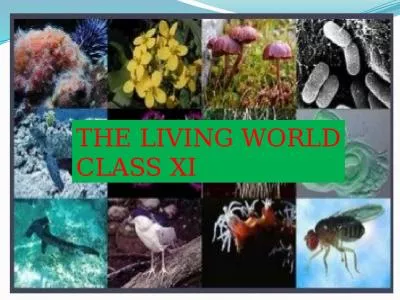PPT-Needham It was known at the time that heat was lethal to living organisms.
Author : conchita-marotz | Published Date : 2020-04-07
Needham theorized that if he took chicken broth and heated it all living things in it would die After heating some broth he let a flask cool and sit at a constant
Presentation Embed Code
Download Presentation
Download Presentation The PPT/PDF document " Needham It was known at the time that h..." is the property of its rightful owner. Permission is granted to download and print the materials on this website for personal, non-commercial use only, and to display it on your personal computer provided you do not modify the materials and that you retain all copyright notices contained in the materials. By downloading content from our website, you accept the terms of this agreement.
Needham It was known at the time that heat was lethal to living organisms. : Transcript
Download Rules Of Document
" Needham It was known at the time that heat was lethal to living organisms. "The content belongs to its owner. You may download and print it for personal use, without modification, and keep all copyright notices. By downloading, you agree to these terms.
Related Documents

